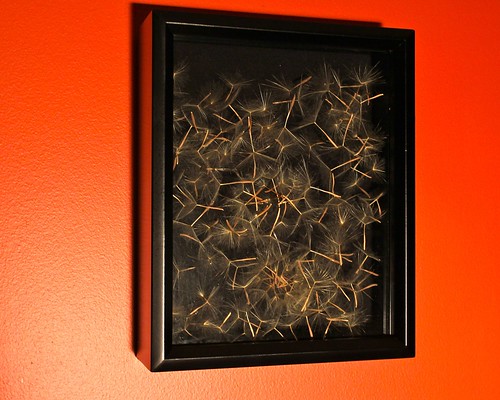. . . ordinary things not so ordinarily noticed.
“When we destroy nature we diminish ourselves.” – author unknown
Art By God is often performance art: created in time, then ceasing to exist. What I have collected here are remnants of that work, some in more stable condition than others. Much of it is ephemeral: a river’s standing wave, alpenglow moving across a mountain front, a ribbon of thousands of birds (in my part of the country, probably the oft despised starlings) turning, almost in unison, through the sky. We can’t capture this ephemera, but we do our human best. We attempt to snare these moments with stories, sketch pads, cameras, recorders, or the latest technology of the day.
To fully appreciate these works, one must go into the artist’s studio, and go often and with great patience.
The works presented here were chosen not only for their ‘beauty” but also our frequent failure to stop and observe. Picture stone, butterfly wings, and flowers are all part of nature’s art too, but we “see” them (pay tribute to them) more frequently. The works here are ordinary beauties not so ordinarily noticed.
And who is this “god”? Is it spelled with a CAPITAL G or a small g? I don’t know, but tend toward the lower case as there are many philosophies in this world with many more deities: Atheism, Buddhism, Confucianism, Disciples of Christ, Episcopalian, . . . well, you get the idea. My role here is not to define god, but to showcase some of his, her, or its art work.
The “descriptions” here are a mix of various levels of frivolity and scientifically credible information. I accept responsibility for them and reserve the right to change things when errors in my ways become apparent. Look closely, take your time, smile, and get out into the artists’ studios and find some originals on our own.
Collections of similar works of this nature are available through a loan program. I would like to share them with a wide audience. I believe we take better care of things when we understand them better, and I believe it is important to take care of the environment from which these things came and which supports, among other things, us.
Shows from this collection have been staged at the Broadway Theater, East, West, and Horizonte High Schools, Oakwood Elementary School, Salt Lake Community College, Red Butte Gardens, the Sorenson Unity Center, and various local festivals and coffee shops.
If you have a business or other area of public traffic and would like to help in this educational effort, please contact me.
Art By God
Curated by Andy White 801-859-8766
mrandywhite@msn.com
Samples below. Others available at <http://www.flickr.com/photos/andy-white/>
Monarch’s Delight (12/31/2010) Showy Milkweed (Asclepias speciosa) secretes a white sticky foul tasting liquid (“milk”) as a means of protection. The Monarch butterfly is one of the few animals that finds it tasty. The Monarch lays eggs on the plant and the caterpillars gorge themselves on the “foul tasting leaves” thereby incorporating the foul taste a protective qualities into their own bodies. The “parachute” structure of the seeds allows wide wind dispersal and adds variety to the delight of dandelion and Salsify adventures.
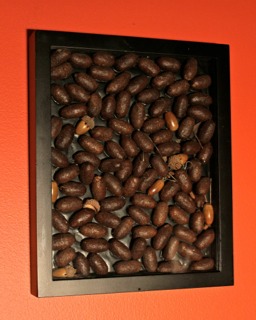
Elk Country (10/17/2010) It’s that somewhat oval shape again; simple, functional, consistent. The acorn caps go with the country where the samples were collected: a ridge in the Wasatch Mountain foothills above the Salt Lake valley.
Salsify Fly (12/23/2010) Salsify (Goatsbeard – Tragopogon dubius (yellow) or Oyster Plant – Tragopogon porrifolius (purple)) is often called the giant dandelion and they are in the same family. This collection of seeds is arranged to show what most of us remember most about these plants, but the flowers themselves are quite striking, particularly the purple Salsify. Even though this piece is labeled Salsify, it is more likely the Goatsbeard. Both are native to Europe.
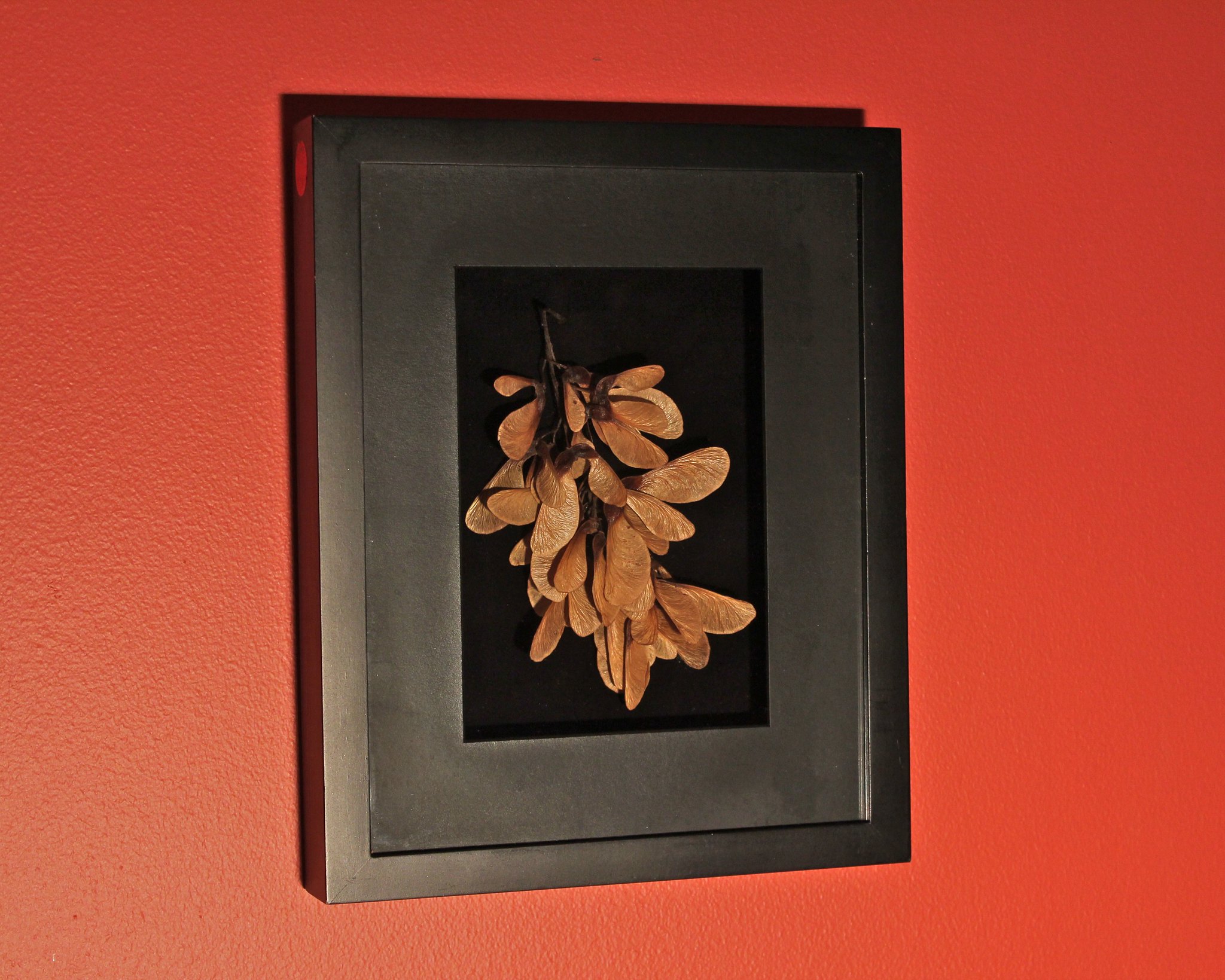 //embedr.flickr.com/assets/client-code.js
//embedr.flickr.com/assets/client-code.js
Maple Samaras (Late summer 2010) A dry, indehiscent (opening at maturity to discharge the contents; in this case seeds), one seeded, winged fruit, sometimes double as in maples ((Flora of the Central Wasatch Front, Utah, Arnow, Albee, and Wycoff).They were all over my yard, but unnoticed for many years. How many other things are there waiting for me to see?
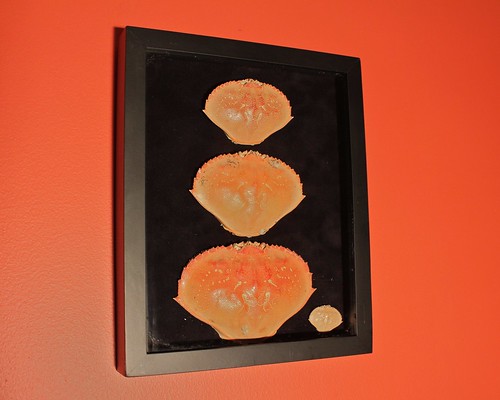
Crabs and Reindeer (07/29/2011) Day one of a four day backpack along northern Washington’s Olympic coast we cam across hundreds, if not thousands, of Dungeness Crab shells, mostly the same size. Perplexed, we innocently blamed red-tide, pollution, and unexpected violent storms, but were not satisfied. Later we came across a similar scene of crab legs but few shells, which made us realize there had not been many legs at the earlier spot. We theorized different shell and leg shapes and densities combined with the current patterns had sifted them apart, but it offered no more insight into the cause of death. A park ranger supplied the answer on day three: molt. To grow, crabs break out of their old exoskeleton with a new and bigger one. It seems there must be some synchronicity in the process and age groups (size related) tend to molt together.
Ohh! And the reindeer. Look carefully at the pattern on the lower half of the shell and see if you don’t agree.

Mudflat (07/07/11) They come in thick and thin, sand and clay, dark and light, and a host of other qualities. What I find most intriguing is their patterns when they dry. This one, just under ¾ inch is from clay soil near the Jordan River in Salt Lake County near 123rd South.
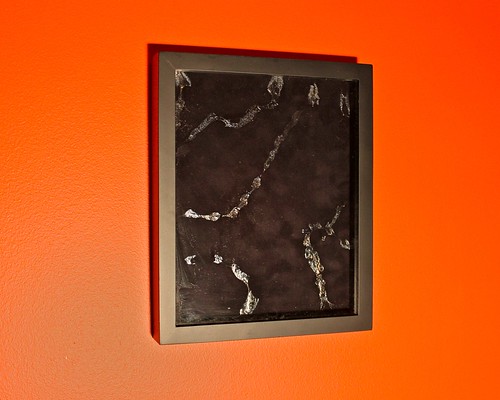
Snails’ Trails (07/04/11) It’s exactly what it says.

Arachnid’s Delight (12/13/2010) One of the early inspirations to begin this work was the simple intricate beauty of the spider web. The challenge of displaying it sparked my problem solving interest and webs remain an area to be explored further. In the spirit of not destroying animal life, I recognized a hardship I created by stealing the spider’s food gathering mechanism (though they often rebuild frequently, if not daily). I was concerned about the entrapped insects, but then realized they were already dead or sentenced and I might, in my harvesting efforts, actually shake a few free. These orb-weaver webs were collected at the Great Salt Lake Marina. If spiders don’t freak you out, a late summer or early fall visit to the site might be interesting for this reason as well as others.
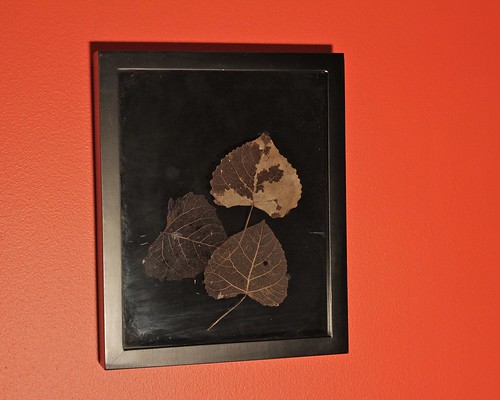
Cottonwood Leaf Skeleton (Pre 07/15/2010) So simple and so overlooked. I saw leaf skeletons covered with gold “leaf” at a museum display of ancient Egyptian art and thought it nice, but did it improve the ungarnished?

